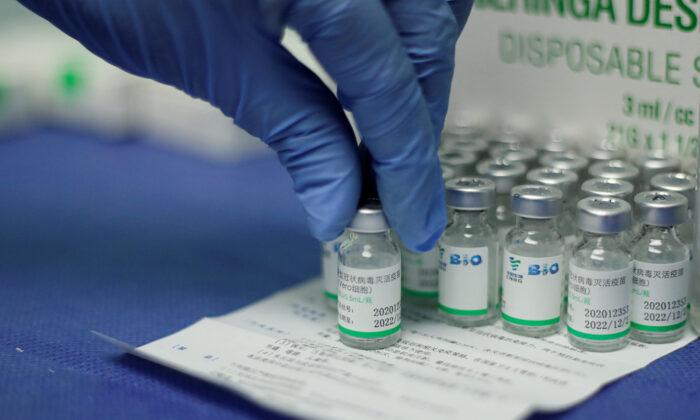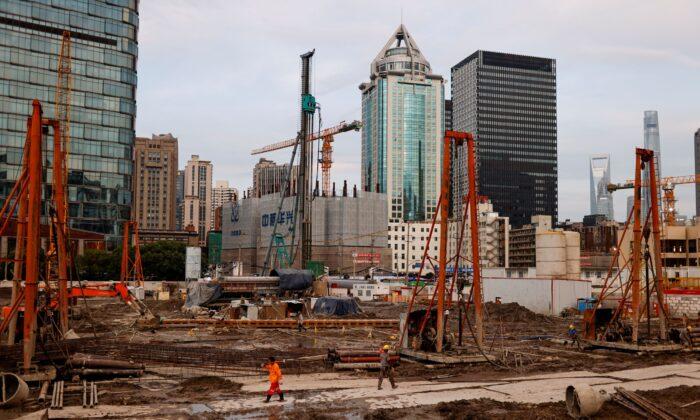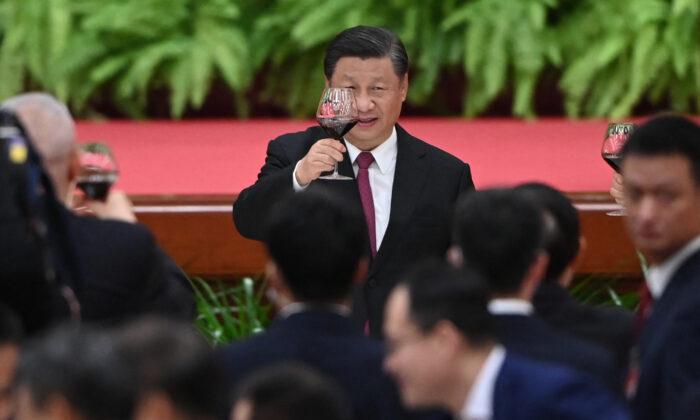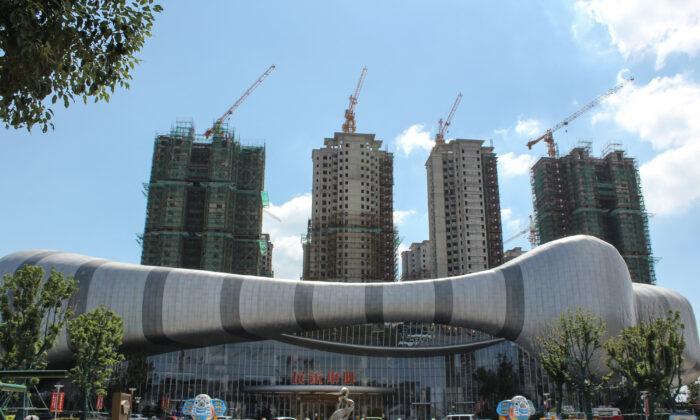The Starting Date of China’s Vaccine R&D
According to official data, the first case of the CCP virus, the pathogen that causes COVID-19, was identified on Dec. 1, 2019; and by Jan. 21, 2020, only 440 people were confirmed to have contracted the virus. On Jan. 15, 2020, the Wuhan Municipal Health Commission’s eighth public health report stated that “no clear evidence of human-to-human transmission has been found so far.” If that information was accurate, then it would appear the regime didn’t expect the virus to spread globally, and it wouldn’t have been prepared for such an event.However, on March 25, 2021, an article in the state-run Beijing Daily blew the narrative in the opposite direction. That report mentions that the CCP had formulated five R&D strategies for vaccine development in early 2020, and they had begun to roll out various prototypes. One of these five vaccine technologies came from Maj. Gen. Chen Wei, chief expert of the CCP’s military biochemical weapons, and her team. This news is both suspicious and thought-provoking.
According to Chinese state media, immediately after scientists in Hubei Province isolated suitable virus strains on Jan. 9, 2020, local authorities created a joint team between the Wuhan Institute of Virology (WIV) and the Wuhan Institute of Biological Products to develop vaccines against the CCP virus.
Among all the vaccine R&D teams involved, specific starting dates were publicized for two companies: Sinopharm’s vaccine R&D was officially approved and started on Jan. 19, 2020, and Tianjin-based CanSino Biologics’ COVID-19 vaccine project was approved and started the next day, Jan. 20, 2020.
Three questions arise.
First, if the initial virus sequence really evolved from natural origins (the theory that all the harm is to be blamed on a few bats) as the CCP said, and the regime really believed it wasn’t transmissible between people, then why were all available forces mobilized, including military biological warfare units, for the large-scale R&D of vaccines?
Second, the CCP authorized the R&D of multiple vaccines before the Wuhan lockdown on Jan. 23, 2020, indicating that it was very clear to the regime that the virus would spread on a global scale. That being the case, why would they fabricate lies on how the virus isn’t particularly contagious? Such nonsense would only let the virus spread even faster across the world.
Were Chinese Vaccines Already Prepared Before Pandemic?
Prashant Yadav, a health care supply chain expert at the Center for Global Development, an international think tank, pointed out that “vaccine manufacturing is an endeavor where an almost infinite combination of things have to work perfectly.”“There’s variability in the raw materials, the microorganisms needed to grow vaccine products, the conditions of the culture in which those microorganisms are grown, and more,” Yadav told USA Today.
Therefore, it usually takes several years to design a vaccine prototype and develop new vaccines. However, China seemed to be very familiar with the development of this vaccine.
It’s common knowledge that vaccine prototypes used in clinical trials must first be developed over a lengthy period of time. Pfizer began its COVID-19 vaccine R&D on March 20, 2020, and took at least four months to produce a feasible prototype. Chinese state media reported that Sinopharm began its vaccine R&D on Jan. 19, 2020, and started clinical trials on April 12, 2020.
Sinopharm was faster at creating a vaccine than Pfizer, which implies that the CCP was prepared for a pandemic before it all began, including getting a head start on developing a vaccine.
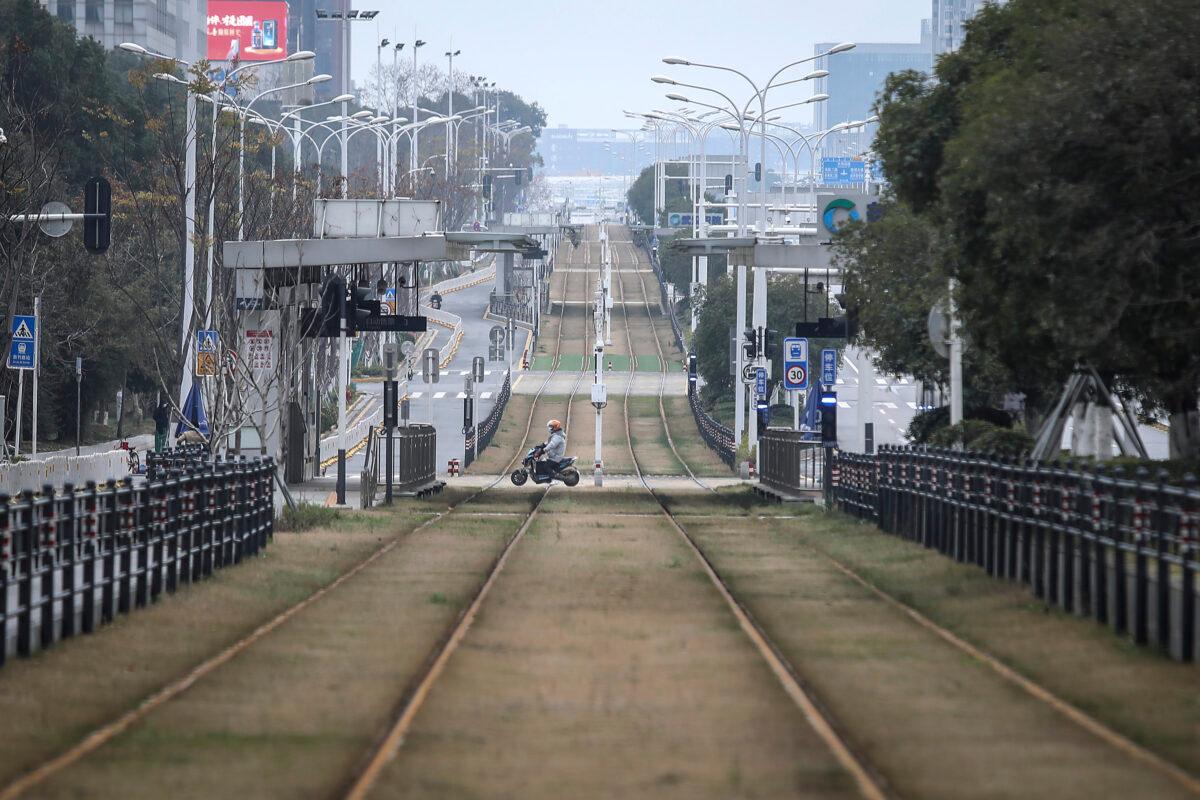
China Swiftly Mass-Produced the Vaccines
There are currently at least seven vaccine producers in the world, including Pfizer, Moderna, AstraZeneca, Johnson & Johnson/Janssen, Sinopharm, Sinovac, and Covishield. When the U.S. vaccines were launched at the end of 2020, the production capacity of the Pfizer vaccine was still quite small; only recently has their manufacturing rate reached 100 million doses per month. However, Chinese vaccines were made at a pace preceding Pfizer’s by almost a year.Pfizer began its vaccine R&D in the United States in late March 2020. It then moved forward with prototypes, the three phases of clinical trials preceding final approval and market launch. That process took about nine months. The Pfizer team itself couldn’t even believe how fast it happened. It took the company another few months to get production speed up to 100 million doses per month. So it took Pfizer about a year from initiating its vaccine program to a full-scale market launch.
China joined the World Health Organization’s “COVAX” in early October 2020, providing vaccines and funding for the purchase of vaccines for 92 low- and middle-income countries. When China joined the plan, Zheng Zhongwei, head of the vaccine R&D team of the joint prevention and control mechanism of the CCP State Council, said that by the end of 2020, China’s annual vaccine production capacity could reach 610 million doses. In other words, as early as the end of summer and early autumn 2020, the production capacity of Chinese vaccines would be close to the monthly output of hundreds of millions of doses.
That’s why in the first few months of 2021, Chinese vaccines dominated the world’s vaccine supply. Vaccines in Europe and the United States started being manufactured only by the end of 2020, and it would take them three more months to mass-produce them. Compared with the Chinese vaccine, European and U.S. vaccines had a late start, and the supply of their vaccines was far behind domestic and foreign demand. This left a window of almost six months for the Chinese vaccines to become ubiquitous in the world.
Even if China’s vaccine research skills and manufacturing capacity had reached the same level as that of the United States, the cultivation process of the microorganisms required for clinical trials and vaccine production couldn’t be compressed or accelerated. Therefore, the shortest time required for China to achieve mass production of vaccines on a large scale should be roughly the same as the United States, which was about one year. However, considering that China’s vaccine had reached the scale of 100 million doses per month in early autumn 2020, the CCP must have begun preparation work for microorganism cultivation, screening, testing, and packaging by the fall of 2019.
CCP Prioritizes Vaccine Exports, Delays Domestic Vaccinations
When the Chinese vaccines were produced at a massive scale, they weren’t used in China. On the one hand, China stocked hundreds of millions of doses of vaccine, and on the other hand, the vaccines were sent to other countries for clinical trials, opening the gate for large-scale vaccine export.As early as July 2020, the Sinopharm vaccine started Phase III of clinical trials in the United Arab Emirates. That clinical trial included 40,832 people in the UAE, Bahrain, Egypt, and Jordan. Sinovac’s CoronaVac vaccine also started a Phase III trial in Brazil, Turkey, Indonesia, and Chile on July 21, 2020. At that time, the United States was still at the initial research stage for vaccine development.
Why didn’t the CCP announce in June 2020 that it was ready for mass production of Chinese-made vaccines when it was set to arrange clinical trials in other countries?
The CCP, well known for being a habitual liar, chose not to bluff this time because there were two factors it had to take into consideration. First, if the vaccine had been announced to be ready for mass production in June 2020, it would have exposed its secret and the whole world would suspect that the CCP had prepared the vaccine before the virus spread all over the world. Second, the CCP had to wait for the epidemic to spread to other countries before it could arrange clinical trials in select countries, so as to obtain the necessary qualifications for the global sale of its vaccines.
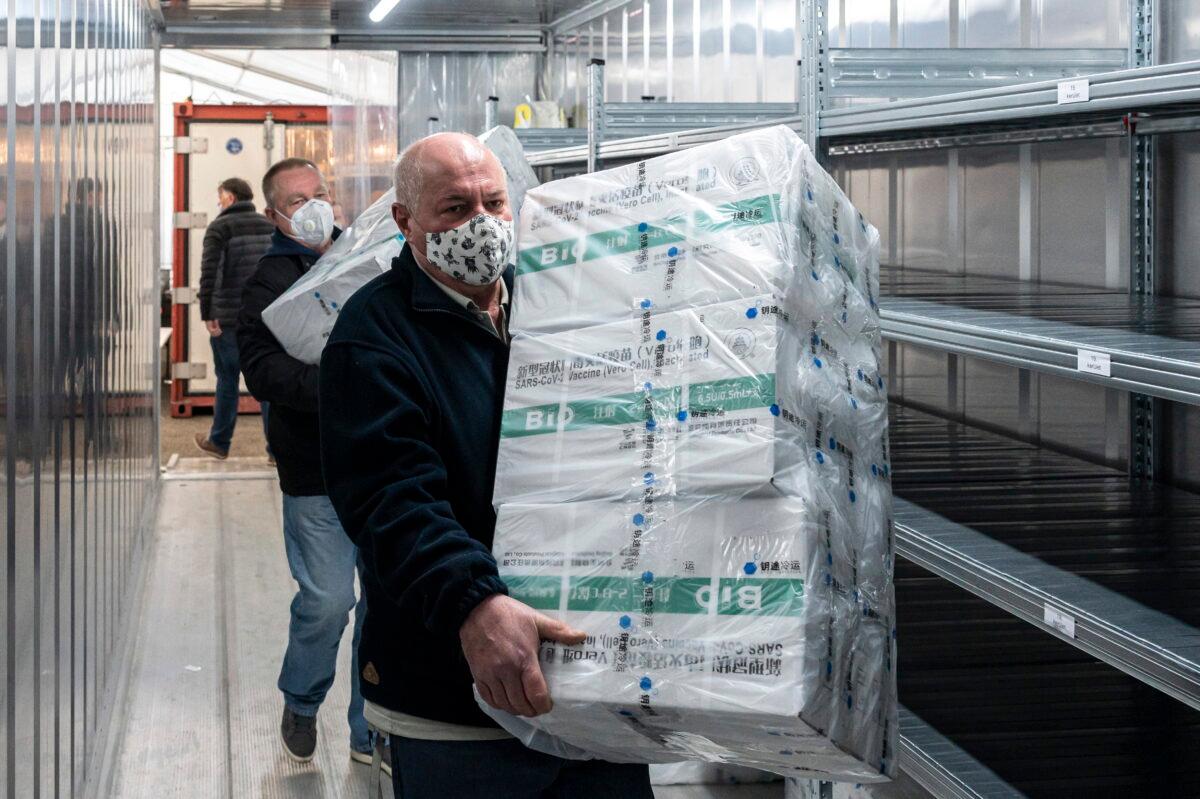
This first factor determined that when the CCP had the capacity for vaccine mass production in June 2020, it had to keep the information confidential. Therefore, Chinese authorities didn’t launch mass inoculation domestically, even though it was urgently needed.
The CCP also intentionally delayed its domestic vaccination timeline for the sake of promoting its vaccines to foreign countries. According to a recent report from Taiwan’s United Daily News, Beijing had pledged to sell or donate nearly 700 million doses of vaccines to more than 90 countries as of June 7, 2021.
Chinese state-run Xinhua News Agency reported that by Jan. 13, 2021, only 10 million doses of vaccine had been administered in China. At that time, China’s annual vaccine production capacity had already reached 600 million doses.
According to public information released by the National Health Commission, China’s mass vaccination didn’t start until March, and the total domestic vaccination tally was as few as 80 million doses as of March 23, 2021, which was one-eighth of China’s annual production capacity.
Then the total vaccine administered reached 250 million by the end of April, and 1 billion doses by June 21.
Why was China’s domestic mass inoculation delayed until March? Because during that month, European- and U.S.-made COVID-19 vaccines entered the stage of mass production, and the vaccines that the West had developed were far superior to their Chinese-made counterparts.
China Fools International Buyers With Unreliable Clinical Trials
In order to quickly sell large quantities of Chinese vaccines before the U.S. vaccines became available, the CCP’s clinical trials in foreign countries were all conducted in a sloppy manner. China’s Sinopharm and Sinovac vaccines both completed Phase III clinical trials as early as fall 2020, but Sinopharm’s Phase III clinical trial report was delayed until March 2021. It was then published in the Journal of the American Medical Association (JAMA) on May 26, 2021. By then, the CCP had already made a lot of money from the pandemic.As soon as the Phase III clinical report of Sinopharm’s vaccine was published, the international medical community immediately raised concerns.
“The testing was heavily skewed toward men, who accounted for nearly 85 percent of the participants. Less than 2 percent were aged 60 or older, and most were healthy. As a result, there is little evidence about the efficacy and safety among women, the elderly, and those with underlying diseases,” the report reads.
Dong Yuhong, a Europe-based virology expert, believes that such clinical trials lack sufficient data to prove the vaccine’s capability to protect recipients from developing severe symptoms.
The Bloomberg report noted that the World Health Organization (WHO) gave the green light to China’s Sinopharm vaccine to be sold globally despite the sloppy trials. As of today, the WHO hasn’t officially cleared China’s Sinovac vaccine because its clinical trial report hasn’t been publicized. However, the CCP has already sold 380 million doses of the Sinovac vaccine worldwide.
It concluded: 1) the first case of the virus infection identified in China was at least two months earlier than the date China currently reports, and the virus had spread globally before Wuhan was placed under lockdown; 2) the virus that emerged during the earliest time already showed amazing adaptability to the human body, indicating that the possibility of lab leaks couldn’t be ruled out; 3) Chinese experts destroyed the early-stage virus samples, which is considered to be an attempt to destroy evidence and to cover up the origins of the virus.
I believe that we’re moving forward in discovering the truth about the CCP’s cover-up on the source of COVID-19.
